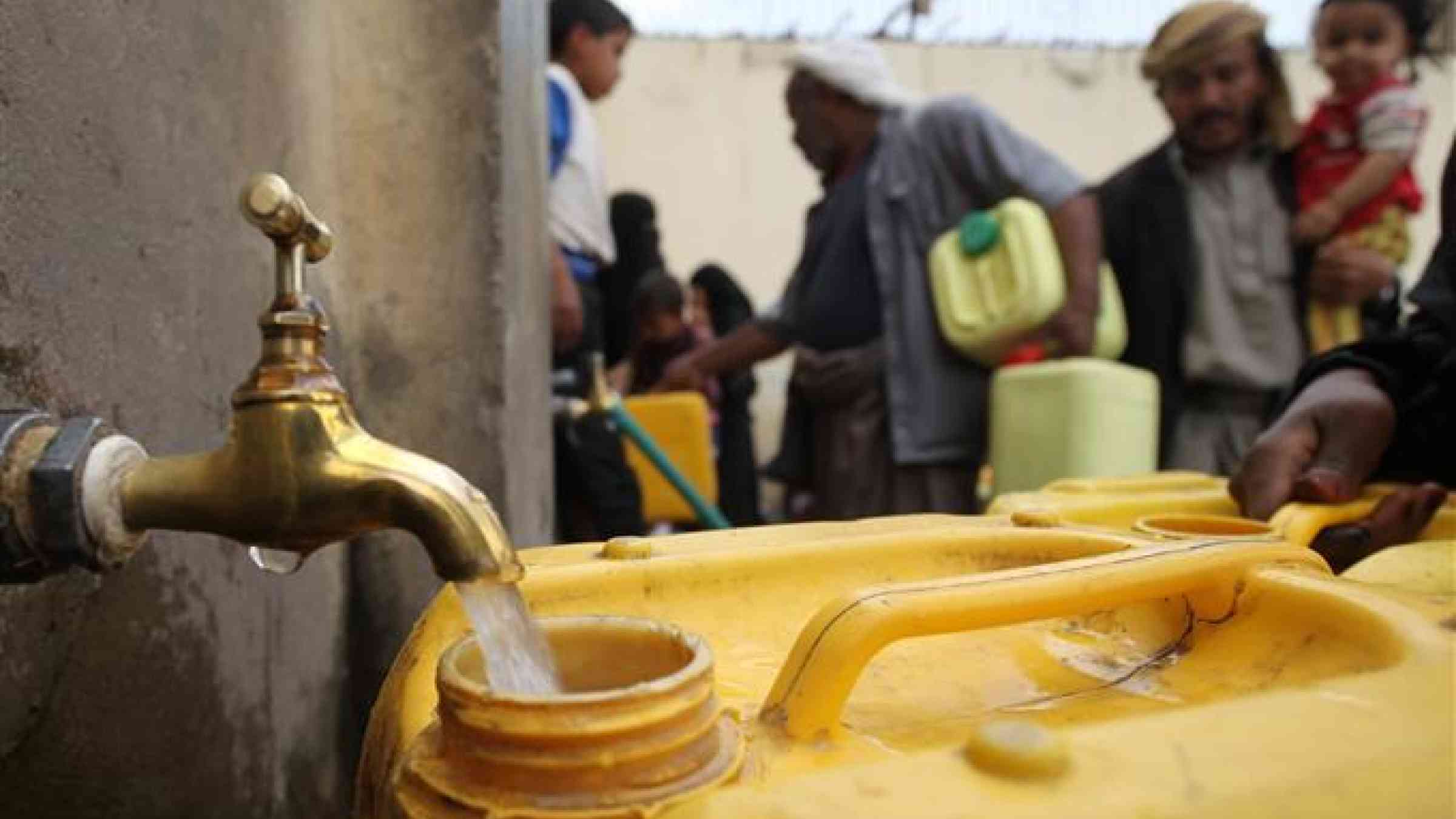Please help us improve PreventionWeb by taking this brief survey. Your input will allow us to better serve the needs of the DRR community.
Emerging drought: are cities planning for the crisis?

Photo by Flickr user PROEuropean Commission DG ECHO CC BY-ND 2.0 https://flic.kr/p/sc1fQr
By Joost Buurman, Senior Research Fellow
Between 2010 and 2015, about 130 megacities—those with more than 1 million people—were located in areas hit by drought disasters.
Water supply disruptions owing to drought can cripple production processes, and communities may incur high costs searching for alternative sources of water.
In some of the affected cities, water users may not have even noticed that they were living in drought-hit areas because the urban water supply system had enough storage capacity; however, other cities had to take emergency measures, including usage restrictions and water rationing.
[...]
Sustainable development of cities requires robust water supply systems, yet many cities resort to ad hoc measures when faced with a drought crisis. Although droughts are often seen as a problem for agriculture, increasingly, rapidly growing cities in Asia and elsewhere are affected by temporary water shortages resulting from a lack of rain. The buffers for extremely dry situations are low as expanding populations and economic development are bringing demand close to overwhelming current supplies.
Explore further
Please note: Content is displayed as last posted by a PreventionWeb community member or editor. The views expressed therein are not necessarily those of UNDRR, PreventionWeb, or its sponsors. See our terms of use
Is this page useful?
Yes No Report an issue on this pageThank you. If you have 2 minutes, we would benefit from additional feedback (link opens in a new window).